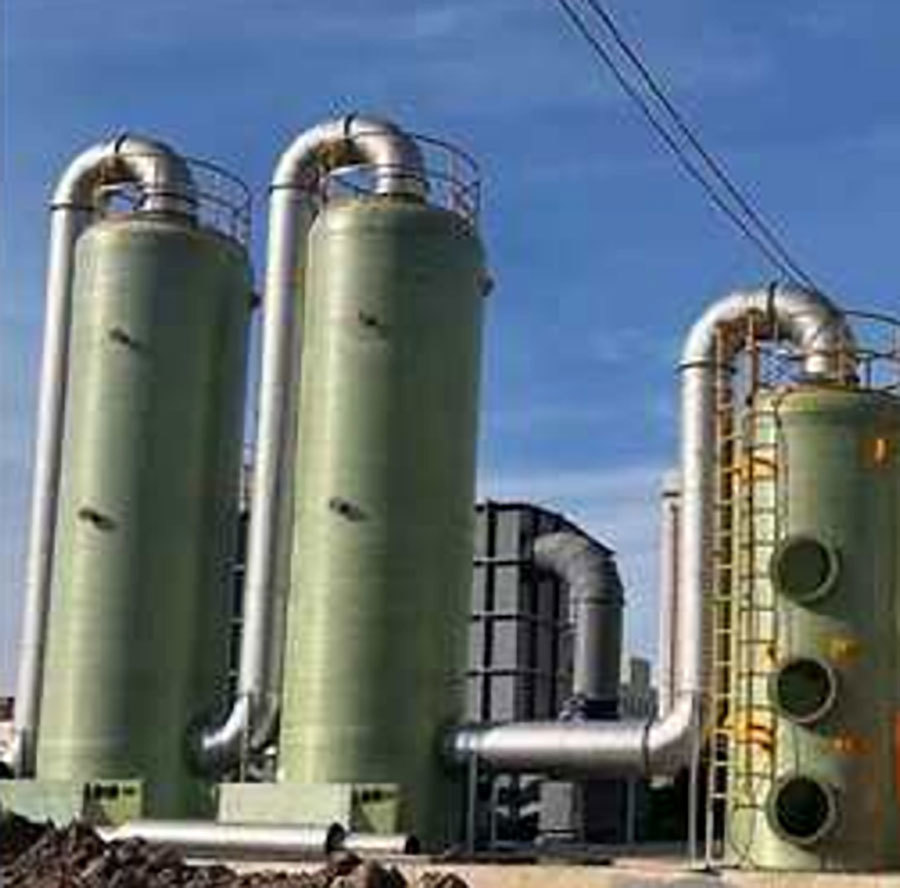The Role of Automation in Modern Scrap Copper Furnaces: Revolutionizing Efficiency and Productivity
Jul 28,2025

The Role of Automation in Modern Scrap Copper Furnaces: Revolutionizing Efficiency and Productivity
Table of Contents
- Introduction to Automation in Scrap Copper Furnaces
- The Importance of Automation in Industrial Processes
- Key Advantages of Automation in Scrap Copper Furnaces
- Technologies Driving Automation in Scrap Copper Furnaces
- Case Studies: Successful Automation Implementations
- The Future of Automation in Scrap Copper Furnaces
- Frequently Asked Questions
- Conclusion
Introduction to Automation in Scrap Copper Furnaces
In the rapidly evolving landscape of industrial processes, **automation plays a pivotal role** in modernizing how scrap copper is processed. As the demand for copper recycling increases, the need for efficiency and precision in melting furnaces has never been more critical. Automation not only streamlines operations but also enhances safety and maximizes output.
The Importance of Automation in Industrial Processes
The integration of **automation technology** in industrial processes, particularly in scrap copper furnaces, is imperative for meeting the growing demands of the market. Consequently, manufacturers are increasingly turning to automated solutions to maintain competitiveness. By reducing manual intervention, automation minimizes human error and operational downtime, leading to smoother production flows.
Key Advantages of Automation in Scrap Copper Furnaces
Increased Efficiency and Productivity
One of the most significant benefits of automation is the **increase in efficiency**. Automated systems can operate continuously without the fatigue associated with human operators. For instance, automated furnaces can maintain optimal temperatures and control melting times with pinpoint accuracy, thus reducing cycle times and increasing throughput.
Enhanced Safety Standards
**Safety** is a paramount concern in industrial settings. Automation significantly reduces the risks associated with manual labor in hazardous environments. By employing robotic systems for tasks such as loading and unloading materials, manufacturers can protect their workforce from high temperatures and harmful emissions.
Precise Control and Consistency
Automation ensures **precision** in operations, which is crucial for the quality of the end product. Automated systems are designed to monitor and adjust parameters in real-time, ensuring that the melting process is consistent. This level of control is essential in producing high-quality copper that meets industry standards.
Technologies Driving Automation in Scrap Copper Furnaces
The backbone of modern scrap copper furnace automation lies in advanced technologies. Various innovations are shaping the way these furnaces operate, helping companies achieve their production goals more effectively.
Innovative Sensor Technology
**Sensor technology** has revolutionized how data is collected and processed in scrap copper furnaces. Sensors can monitor temperature, pressure, and chemical composition, providing real-time feedback. This information allows for quick adjustments to be made, optimizing the melting process and ensuring quality control.
Advanced Software Solutions
The development of sophisticated software solutions has facilitated better management of furnace operations. These programs can analyze data from various sensors and provide actionable insights, allowing operators to make informed decisions quickly. Furthermore, software integration can enable predictive maintenance, reducing downtime and unexpected failures.
Robotic Systems in Furnaces
**Robotics** play a crucial role in automating the physical tasks associated with scrap copper furnaces. From robotic arms that handle material transfers to automated systems that monitor furnace conditions, robotics enhance the operational efficiency and safety of these facilities.
Case Studies: Successful Automation Implementations
To illustrate the impact of automation in scrap copper furnaces, we can explore a couple of case studies that highlight successful implementations.
Company A: Maximizing Output with Automation
Company A, a leading player in the recycling industry, implemented an automated melting furnace system that increased their output by 30% within six months. By utilizing advanced sensor technology and robotics for material handling, they significantly reduced manual labor costs and improved overall safety.
Company B: Safety Innovations through Automation
Company B focused on enhancing safety in their operations by integrating automated systems that monitored furnace conditions. This initiative led to a 50% reduction in workplace accidents related to furnace operations, showcasing the profound impact automation can have on employee safety.
The Future of Automation in Scrap Copper Furnaces
As we look forward, the role of automation in scrap copper furnaces is set to expand. Innovations in artificial intelligence and machine learning promise even greater efficiency and predictive capabilities. With these advancements, manufacturers will be able to anticipate challenges and adjust processes proactively, further optimizing operations.
Frequently Asked Questions
1. How does automation improve safety in scrap copper furnaces?
Automation reduces the need for manual labor in hazardous conditions, minimizing the risk of accidents and exposure to harmful environments.
2. What are the main technologies used in automated scrap copper furnaces?
Key technologies include sensor systems, advanced software for data analysis, and robotic systems for material handling.
3. Can automation increase production output in scrap copper furnaces?
Yes, automation can significantly increase production output by reducing cycle times and maintaining optimal operational conditions.
4. What are the cost implications of implementing automation?
While the initial investment may be substantial, the long-term savings from increased efficiency, reduced labor costs, and enhanced safety often outweigh the costs.
5. How will future advancements impact automation in the recycling industry?
Future advancements such as AI and machine learning will enable better predictive maintenance and further improve processing efficiency in scrap copper furnaces.
Conclusion
The integration of **automation** in modern scrap copper furnaces marks a significant evolution in the recycling industry's operational capabilities. By enhancing efficiency, improving safety, and ensuring consistent quality, automation has transformed how scrap copper is processed. As technologies continue to advance, we can expect even more groundbreaking changes that will shape the future of scrap copper processing, making it more efficient and sustainable. Embracing these changes not only benefits manufacturers but also contributes positively to the environment by optimizing resource use and reducing waste.
TAG:
Previous:
Contact Us
Company Email:
962452762@qq.com
Contact Number:
+8615670922562
Company Address:
No. 11 Plant, Tiantan Industrial Park, Huling Industrial Cluster, Jiyuan City


